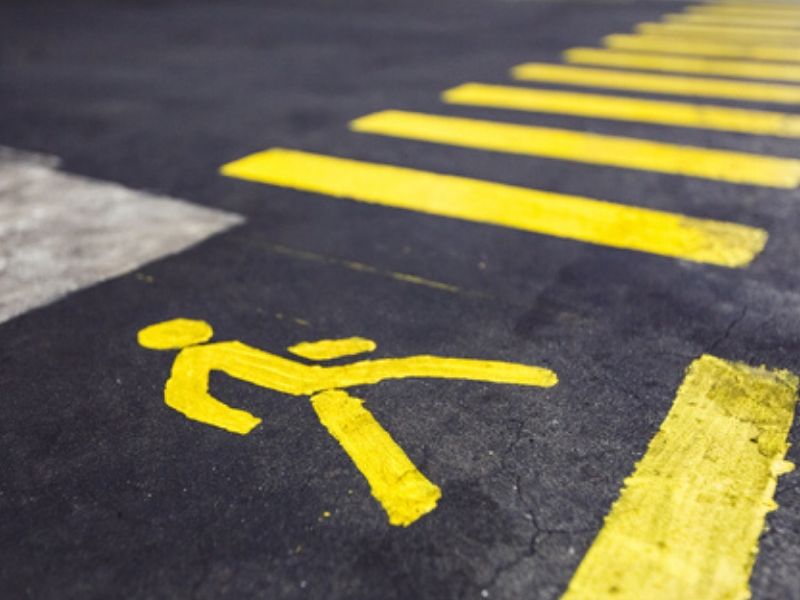Did you know that each state has its own pedestrian crossing laws? Before the 1920s, it was any driver’s responsibility to look out for pedestrians walking all over the street at their leisure as they explored open marketplaces. This led to several casualties, causing automakers to invent the crime of jaywalking instead of lose business.
It wasn’t long before public relations efforts and campaigning led to the creation of pedestrian crossing laws across the nation. While many states have cookie-cutter laws, citizens in California might notice that the state has a few differences. Here’s what you need to know about pedestrians and The Golden State.
Who is a Pedestrian?
While you might know that you’re a pedestrian when walking in and out of the supermarket, the state of California offers the same protection to a wide variety of individuals. The following are all classified as pedestrians under current law:
- Walkers
- Those riding motorized assisted mobility devices
- Anyone riding something that requires their own effort to move other than a bicycle
- Skateboarders
- Non-electric scooter riders
- Roller skaters and roller bladers
- Skiers
- Ice skaters
- Those in wheelchairs, both motorized and not
- Those with crutches
Anyone using any motorized device outside of assistive ones are not considered pedestrians. Bicycle riders are also not included under CVC 467. These distinctions are used to define pedestrian injuries from other types of accidents.
California Crosswalks
Crosswalks are the portion of the road painted with distinct white lines, usually found at intersections, just like anywhere else. California also recognizes crosswalks for roads that intersect at right angles without white lines. No pedestrian is allowed in a bike lane under VC 21966, though.
The most important defining legislation that any pedestrian accident lawyer considers when aiding a victim is VC 21950. This part of the defines crossing as crosswalks, creating specific rules. First, motor vehicles must yield to pedestrians inside a crosswalk. That includes slowing down and taking safety precautions.
Second, it creates a legal responsibility for motorists to practice due care for the safety of walkers. Finally, it sets a few rules for pedestrians. These include not leaving the curb suddenly, heading into the immediate path of an oncoming vehicle, or unnecessarily stopping while crossing the street.
To ensure safety, VC 21955 also states that pedestrians must use crosswalks at intersections. California upholds jaywalking laws. While it isn’t a crime, it does come with a $200 fine in most cases. These laws also state that, when a crossing light exists, walkers must follow its instructions.
Outside of a Crosswalk
California’s VC 21954 deals with crossing when there is no crosswalk. Walkers must give vehicles the right-of-way in these instances. If you have time to cross safely, go ahead. Failing to yield to vehicles will, however, result in a jaywalking ticket.
Final Considerations
The state recognizes one special rule for blind pedestrians. These individuals have the right-of-way at all intersections, with drivers being forced to yield under any circumstances. This applies to those using canes as well as guide dogs. A driver failing to do so can face up to six months in jail and a $1000 fine.




